Bird Friendly Gardens
Over the past 50 years the UK has experienced an alarming decline in bird numbers across a range of species, and for some this decline continues. Agricultural practices have changed and become more industrialised, this, in addition to loss of habitat, has meant that farmland birds like the yellowhammer, corn bunting, and turtle dove, have been the hardest hit. However, as 70% of the UK is farmland, and urban bird populations often arise from overspill from rural areas, the consequences are felt among birds in all habitats. According to the RSPB, some of the worst affected species include house sparrows, sky larks, and starlings. These statistics show the extent of the problem:
The UK has lost 73 million birds since 1970.
More specifically, we have lost nearly 30 million sparrows, 20 million starlings, 4 million skylarks and 2 million blackbirds.
Government research has shown that 48% of all UK bird species have experienced a decline between 2015 and 2020.
There is some good news, as species like the wood pigeon and the wren are increasing in number. Nevertheless, we must all do what we can to help reverse the general decline.
It is our duty to help protect the wildlife on our doorstep; by creating bird friendly gardens, we can help species recover and thrive, and ensure future generations are not deprived of waking up to the melodious dawn chorus.
Beckoning Birds
Birds should be treated as welcome guests as they can help rid your lawn of weeds, keep pests under control, and contribute to pollination. Whether you have a compact city plot, or acres of countryside, there are many ways of attracting birds to your garden. Three simple additions that will entice birds to visit are:
Food- setting up several different feeders will attract a variety of garden birds.
Water- provide birds with a couple of inches of fresh water for drinking and bathing.
Shelter- birds will use bird boxes as shelter throughout the winter, as well as for breeding and nesting in the spring.
It is beneficial to incorporate several types of bird feeders, along with a variety of food options. Some birds use hanging feeders while others prefer to feed off the ground, and different types of food provide different benefits. In the winter, when birds need high calorie food, suet balls are a great choice. Protein rich sunflower seeds are a favourite among house sparrows, robins, and finches, and are especially important during the breeding season when energy expenditure is high. Peanuts are high in protein and fat and will be snapped up by tits and finches. It is important to keep feeders topped up, as once a bird realises that they’re there, they will likely return.
As well as store bought bird food, you can plant native trees and shrubs like rowan, wild cherry, and hawthorn, which provide food for birds while also acting as shelter.
Additionally, a lot of angiosperms can provide food for birds as well as colourful flowers to your garden. For example, seed bearing perennials like Allium and Rudbeckia, if left alone at the end of the season, will be a source of food for birds during the late summer and autumn. Furthermore, wildflowers will attract insects that are a primary source of food for many birds.
Birds are most in need of food during the breeding season, and during natural periods of food shortage such as winter, and after periods of drought or heavy rain.
Nesting Material
Another action you can take to both support birds, and attract them to your garden, is to provide them with nesting material. There are many bits and pieces you can leave in your garden for birds to reuse in their nests, although there are some important things to bear in mind to prevent unintentionally causing any harm. For example hair from a hairbrush can be left on the grass and birds will happily use this in their nests, but you may want to give the strands a quick snip into shorter pieces, as this may help to prevent the possibility of chicks becoming tangled in it.
Nests provide cushioning and insulation for eggs and then later for the chicks.
Here are some more examples of good (and not so good) nest materials:
Grass clippings, twigs and leaves- after trimming and pruning, leave these in the garden for birds to borrow, although avoid leaving them anything that has been treated with pesticides or weed killers.
Pet hair- this can be scattered after grooming, but make sure the fur is free from flea treatment or other chemicals.
Pieces of string can be draped over the branches of trees and shrubs, but make sure to cut them into smaller pieces first.
Despite popular belief, drier lint is not a good nesting material as chemicals from detergents can remain on the lint.
Natural material like leaves, straw, hair, feathers, and twigs will provide the best insulation and are unlikely to be coated in chemicals that may harm chicks. If you are unsure about whether something is safe for birds to use, you can instead purchase specially made wool nesting spirals that can be hung in your garden!
With the addition of just a few simple features, like wild flowers, bird feeders, shrubs, and other bird friendly plants, you can encourage birds in to your garden and support population growth. In part 2 of this blog we’ll highlight an additional step you can take to support your feathered friends and help reverse the decline in UK bird numbers, installing bird boxes. By installing bird boxes that are suitable, safe, and secure, you can provide your garden birds with both a place to shelter and a place to nest.




